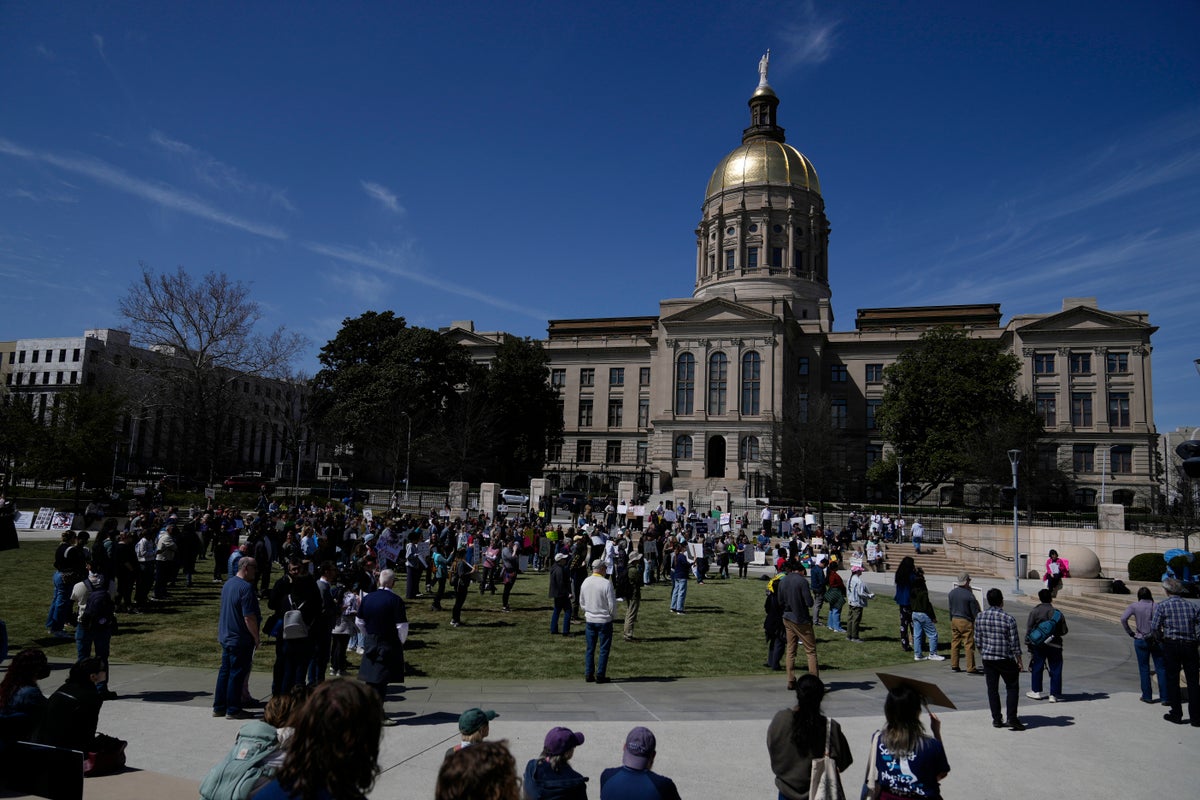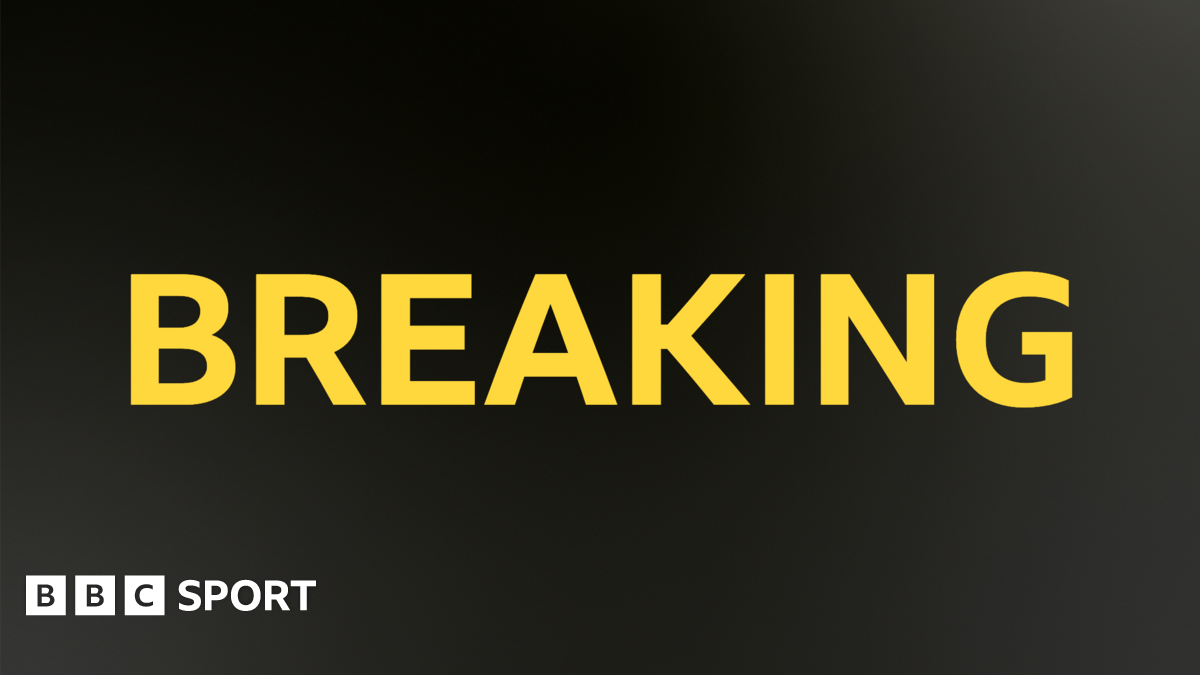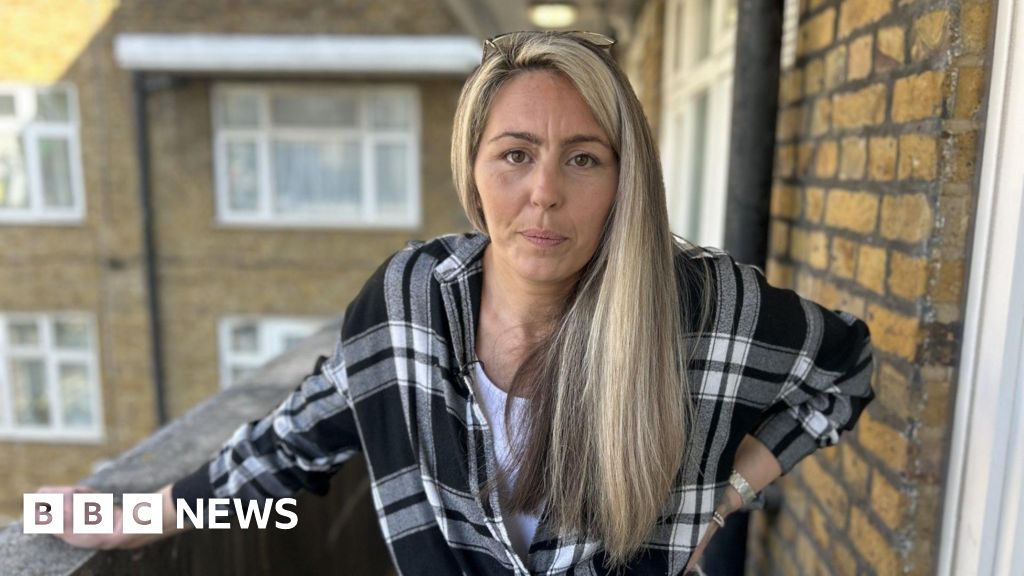Are the feds about to start hounding you over your student loans?

After a five year reprieve, the U.S. Department of Education (ED) is coming for defaulted federal student loans.
The ED has not collected on defaulted loans since all payments on federal student loans were paused as part of the Covid-19 emergency relief effort in 2020. Student loan payments resumed on September 1, 2023 for all 42.7 million federal student loan borrowers. The majority of borrowers resumed monthly payments at that time and have loans in good standing. However, some 5 million borrowers have not made a payment for more than 270 days, meaning their loans are currently in default. The ED refrained from collecting on defaulted loans until earlier this week.
Nearly 5 million more borrowers are currently delinquent, meaning they have missed at least one payment and owe a past due amount. If these borrowers don’t repay the past due amount or otherwise make their federal loans current, we may see upwards of 10 million borrowers–almost one-quarter of all federal borrowers–default on their federal student loans before the end of this year.
Unfortunately, the government has called in the heavies to enforce collections on defaulted loans. The good news is that the Department of Education won’t send a leg-breaker named Eyeball to shake down borrowers for missing payments. The bad news is that government collections garnish your paycheck or Treasury payments instead of menacing you in a dark alley.
Whether you’re in good standing, delinquent, or in default on your student loans, it’s important to understand what to expect from federal student loan collections. Here’s what you need to know.
Garnishment hasn’t started yet
If you’ve only seen the headlines about collections restarting for defaulted loans, you might assume that as of May 5, 2025, borrowers in default were already seeing money lifted from their paychecks and Treasury payments. But even though we have a WWE Secretary of Education, the ED can’t pull a heel-turn without any warning.
According to Adam Minsky, an attorney who focuses on helping student loan borrowers and their families, “it was only the Treasury Offset Program (TOP) that began this week.” In other words, as of May 5, TOP began the process of identifying borrowers in default so they can be notified of the government’s intent to offset, aka garnish.
As of Wednesday, May 7, TOP has sent initial notices to 195,000 federal student loan borrowers. “But borrowers have a 65-day window to respond to the notices before any offset actually begins,” Minsky says.
This means any borrower in default still has time to avoid garnishment even if they have already received a notice.
Challenges facing borrowers in default
Although no one is facing an immediate threat of garnishment, it can still take time to go from default to good standing, especially considering the logistics of federal student loan repayment.
To start, interest has been accruing on all defaulted loans since September 2023, increasing the total debt burden for borrowers in default.
Additionally, many federal student loans have been transferred from one servicer to another, leaving many borrowers confused as to who they need to pay.
Finally, Minsky also warns borrowers about Uncle Sam’s long memory. “Unlike most other types of consumer debt, federal student loans do not have a statute of limitations,” he says. “That means they don’t expire, and the government can pursue defaulted federal student loan borrowers even if the loans are many years old.” So maybe you should let go of your plan to grow a mustache and go on the lam instead of dealing with your defaulted loan.
However, there are some concrete strategies borrowers can use to get out of default.
Returning your loan to good standing
Jenny Twomey, manager of external communications at private lending company Earnest, wants to reassure borrowers that they can take control of their defaulted student loans. She recommends following these steps to return their loans to good standing:
Find your federal student loan servicer
The first thing you should do is figure out exactly who your current loan servicer is. And if you’re embarrassed that you don’t know, Twomey wants to assure you that you’re in good company.
“It’s common for people to not know who is servicing their loan,” she says. In addition to the giant game of hot potato that MOHELA, Aidvantage, and Nelnet seem to be playing with federal student loans, borrowers can lose touch with their loan servicer after moving, changing their email address, losing their password, or otherwise focusing on other stuff over the course of five tumultuous years.
There are a couple of ways to find your loan servicer:
- Check your Federal Student Aid account. “There should be a section called ‘My Loan Servicers’ on your dashboard and that has your servicer information for you,” Twomey says.
- To log into this account, you will need your email, phone number, or FSA ID username.
- If you’ve forgotten your login, the Federal Student Aid site offers several methods for accessing or recovering your account.
- Call or email the Federal Student Aid Information Center. You can contact this information center at [email protected] or 1-800-4-FED-AID (1-800-433-3243)
- Refer to your original loan documents. “Your original loan documents will have your servicers listed,” says Twomey. “That will tell you who your servicer was to begin with.”
- Look at your credit report. “Something that’s not common knowledge is that your servicers are listed on your credit report as well,” says Twomey. “You’re entitled to a free copy of your annual credit report each year at AnnualCreditReport.com.” Pulling up your credit report to find your servicers will let you cross two financial tasks off your to-do list: find your servicer and review your credit report for errors.
Check your federal student loan terms
Once you’ve found your servicer, you will need to find all the details of your loan, including
- your current loan balance
- your interest rate
- the length of your repayment period
- the monthly payment
These terms can come as a surprise to borrowers, even if they haven’t missed a payment. Twomey says that a recent Earnest survey found that “graduates expect to pay off their student loans in an average of 6 years, but the actual average repayment period is 20 years.”
Knowing these terms allows you to make a plan for returning your loan to good standing.
Explore your options with your servicer
Minsky explains that loan servicers may offer a number of options for avoiding collections. You can contact your servicer to determine which of these potential strategies might work best for your financial situation. Just remember that each strategy has benefits and drawbacks, and not all of these options will work for every borrower.
Switch to an income-driven repayment
If your loan is delinquent, meaning your payment is less than 270 days past due, you may be able to ask your servicer to switch you to an income-driven repayment (IDR) plan. Your monthly payment on an IDR is based on your income and family size, meaning your payment may be as low as $0 per month. When you apply for IDR, your servicer may put your loan on administrative forbearance while your application is processed. Just remember that borrowers already in default can’t apply for IDR.
- Student loan discharge: There are some specific situations where borrowers can have their loans discharged, meaning they are no longer obligated to repay the loan. If your school closed or lost its accreditation, if you have become totally and permanently disabled, or if you meet certain requirements when declaring bankruptcy, you may be eligible for loan discharge.
- Loan rehabilitation: Under this option, your loan servicer will set a monthly payment amount equal to either 10% or 15% of your annual discretionary income, divided by 12. You must make 9 payments of this amount within 20 days of the due date over 10 consecutive months, which will return your loan to good standing. You may only take advantage of loan rehabilitation once. Up to 20% of each payment may be applied to collection fees, but these fees are not capitalized if you complete the rehabilitation.
- Loan payoff: Paying off your loan in full will get you out of default, but most borrowers don’t have 10s of thousands of dollars lying around for that purpose. That leaves two options for paying off a defaulted loan: consolidation and refinancing.
- Federal Direct Loan Consolidation allows you to combine multiple federal student loans into a single loan. While consolidation will not reduce your interest rate, it can potentially lower your monthly payments and it will make all of your federal loans current. You have to make three consecutive payments on a defaulted loan before you can apply for consolidation and you can’t consolidate a defaulted loan that is already being collected through garnishment. This means any borrower who has already received a notice of garnishment from the ED has a limited window to qualify for consolidation.
- Private refinancing is when you borrow a new loan to pay off your federal student loan. While well-qualified borrowers may be able to get a private loan with low interest rates and favorable terms, borrowers with a defaulted federal loan are unlikely to be considered “well-qualified.” Applying with a co-signer may help a struggling borrower qualify for a low-cost private loan, but it can be difficult to find a willing co-signer. Additionally, refinancing your federal loans with a private loan means losing federal borrower protections.
Take the heat off your defaulted student loans
The federal government may have restarted involuntary collections of defaulted student loans, but that doesn’t mean you’re doomed to see your wages, tax refunds, and Social Security benefits garnished.
To start, the Treasury Offset Program just started notifying borrowers of the intent to garnish this week. Borrowers have 65 days to respond before any money is withheld from their payments, meaning there is time to correct a defaulted loan.
Even if you have lost or forgotten your servicer information, you can find it by logging onto studentaid.gov, contacting the federal student aid information center, checking your original loan documents, or even looking at your credit report.
Once you have found your loan servicer, check your loan balance, interest rate, repayment term, and monthly payment. With that information in hand, contact your servicer to discuss what options are available for returning your loan to good standing–including income driven repayment, loan discharge, loan rehabilitation, consolidation, or refinancing.
The gears of federal student loan collections grind slowly–which means you can get ahead of them before your wages or Treasury payments are at risk.
What's Your Reaction?
 Like
0
Like
0
 Dislike
0
Dislike
0
 Love
0
Love
0
 Funny
0
Funny
0
 Angry
0
Angry
0
 Sad
0
Sad
0
 Wow
0
Wow
0




























































































